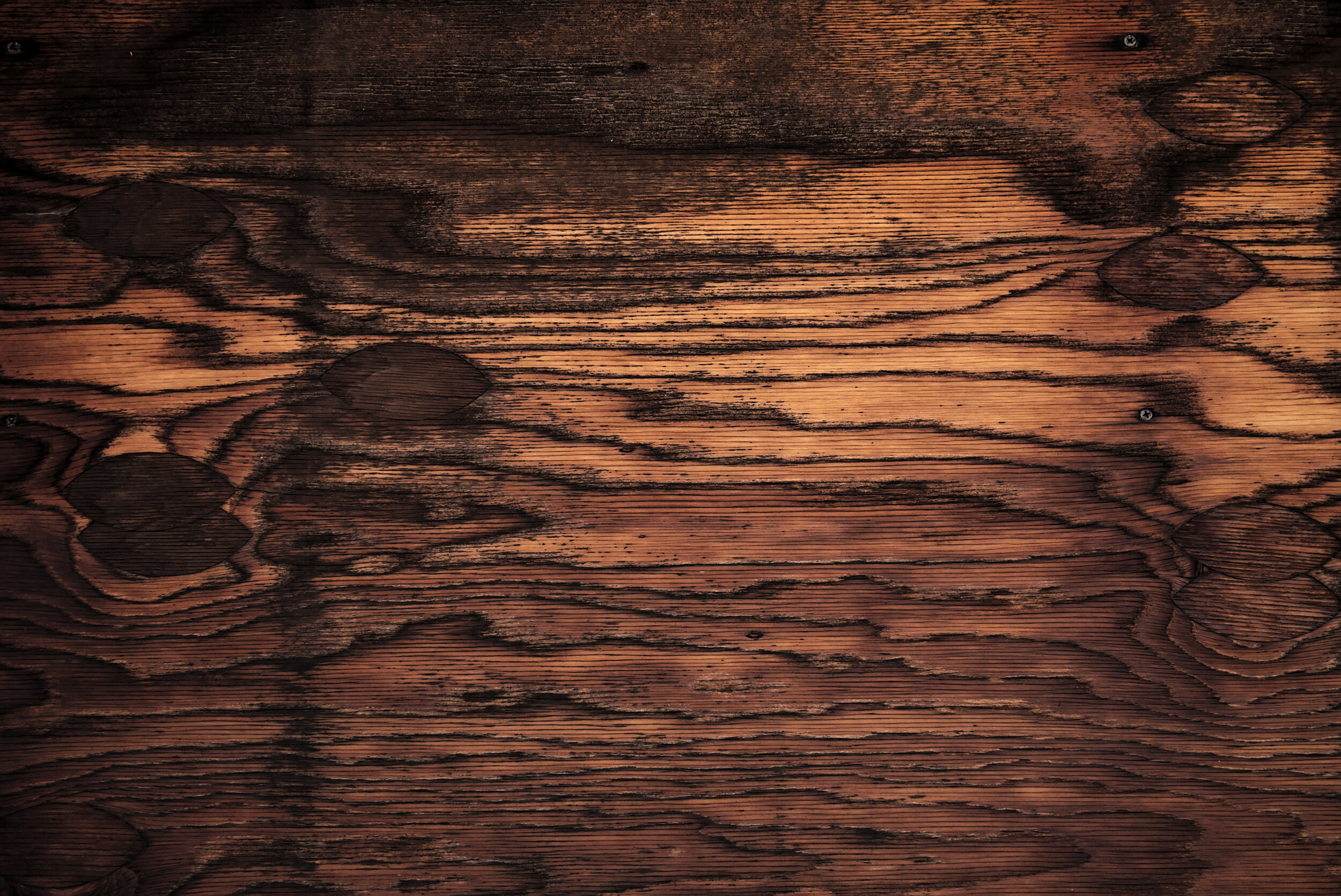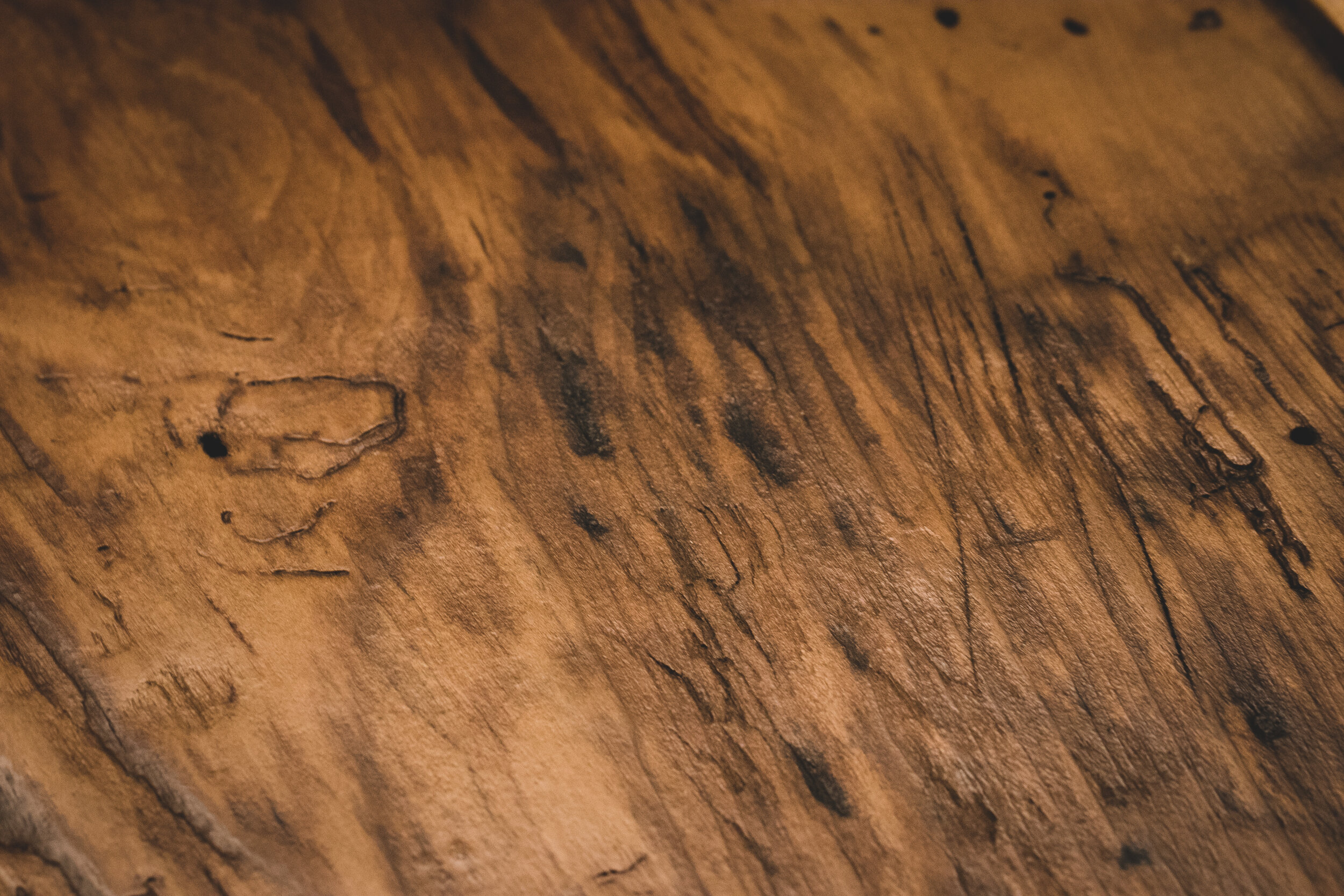The Pros and Cons of Stained Floors
Installing hardwood floors in your home can be a great decision, but whether you install them yourself or buy a home that already has hardwood floors, that’s just the tip of the iceberg.
There is an awful lot that goes into preparing, treating, and finishing floors and every choice you make along the way can seriously affect the finished product. Nowhere is that truer than when it comes to staining.
While staining your hardwood can add warmth and depth to the floor and enhance the overall look of the room, if the process is not handled properly it can also have major unwanted results.
Before you proceed with staining, then, it’s crucial that you understand the pros and cons involved with this vital step.
What Exactly Is Staining?
This may seem like a very obvious notion, but you’d be surprised how many people actually confuse staining with finishing, and that can be a vital mistake as they are two very different processes. While finish is designed as a final, clear coat that simply adds a protective covering to your hardwood, stain actually colors the floor, enhancing or sometimes entirely changing the color of the wood.
Think of it as similar to painting a wall, with one crucial difference…if you wind up choosing the wrong color of paint it can be easily corrected. If something goes wrong with staining, however, you’ll have to re-sand the entire floor and start over again, which can be a time-consuming and frustrating process.
Once you understand the difference, you’ll need to be very careful about choosing your stain. There are a wide variety of colors to choose from and the one you select will depend on a number of factors, including the type of wood, the amount of light in the room, and the overall design.
Pros of Staining a Wood Floor
Though a lot can go wrong if the staining process isn’t handled properly, when it is done right there are plenty of ways that it can enhance a room. Color, warmth, shine and depth can all be enhanced with the right choice of stain and the correct application. Done correctly, your finished room can have the stunning, natural look that you see in home décor magazines.
Some specific benefits of staining can include the following:
Achieving the elegance of dark wood – most natural wood is light in color, but with a rich, deep stain applied, you can get the drama of dark wood. This is a look that is very popular in magazines today and one that can be a major selling point in the real estate market.
Copying the look of a certain wood type – even if you can’t afford more expensive types of wood or if you buy a home with one type of wood but want the look of another, staining can give you that option. Staining a lighter wood with a rich cherry can help give it the depth and dimension of natural cherry.
Some lighter woods, like oak, aren’t very flexible making it difficult to achieve elaborate designs like a herringbone or lattice, but with stain, you can use a more flexible wood to get the pattern you like and then achieve the look of oak with the choice of stain.
·Accentuating the natural beauty of wood – perhaps the biggest advantage of staining is its ability to bring out the natural patina and accentuate the grain, giving a warmer, cozier feel to your room through the richness of wood flooring.
Cons of Staining a Wood Floor
Of course, as with any choice you make, there are some very distinct drawbacks to staining as well. Understanding what can possibly go wrong with the process can help you to avoid potentially costly mistakes down the road.
Here are some of the cons to staining that any homeowner should be aware of before they proceed:
Accentuates sanding marks – Sanding is a necessary step in order to prepare your hardwood to accept stain, but when done incorrectly it can leave a series of scratches and gouges in the wood.
When stain is then applied to that wood surface, the pigment in the stain seeps into all of those fine marks, showing up darker in those areas and making them stand out even more. The result can be a murky and busy overall look.
Not all woods are meant to be stained – There are certain types of wood, including maple, birch, and pine, that don’t take well to stain. These woods are very tight-grained, meaning there are very few openings into which the stain pigment can settle and provide coverage.
At the same time, pine and other coniferous woods also contain sap, which will actively resist stain. Staining these types of woods can result in areas of beading where the stain is repelled, making for a messy look.
Tendency for “bleedback” – Unlike paint, stain cannot be corrected or darkened by applying more layers. No matter what type of wood you choose, it can only absorb a certain amount of stain. Once it reaches its limit if you continue to apply the stain it will simply rise back up to the surface, resulting in what is known as “bleedback”.
The same effect can happen if you go over a layer of stain with a layer of finish that is not compatible. In either instance, you’ll be left with unsightly pockets of beading and spotting that will mar the overall look of your floor.
Staining is a very time-consuming process – one of the biggest drawbacks to staining, and one that is very often overlooked by homeowners is the sheer amount of time the process can take.
If a stain coat is not completely dry it won’t be able to accept a layer of finish and if the stain and finish do not bond the finish can smudge and even peel off entirely. The only recourse will be to sand the floor again and start over.
In order to dry thoroughly stain requires a minimum of 48 hours in the ideal conditions of heat, humidity and air movement. Since it can be difficult to achieve those ideals in most cases, you’re more likely to need at least 72 hours for your stain to dry.
Even the slightest variation in temperature, humidity and air movement can have a drastic effect on the ability of your stain to dry properly. Once the stain is dried, then you’ll need to apply a finish coat and wait for that to dry as well, all of which can mean up to a week or more for the entire process to be completed.
Staining vs. Clear Coating
When it comes to achieving the perfect look for your hardwood floors, staining isn’t the only option. If you want a more natural, rustic look that emphasizes the inherent grain and pattern of the wood, you could always opt for a clear coat finish. Unlike staining, clear coating doesn’t add any pigment but simply enhances the existing look of the floor.
This can have its advantages, most notably that it allows for greater reflection of light, which can help to add depth and a feeling of size to smaller rooms. This is particularly noticeable in rooms with a lot of windows that allow for more light.
Another advantage of clear coating is that unstained floors can provide an effective accent to darker wood accessories such as trim and furnishings. This interplay of various shades of wood can add extraordinary depth to a room which many designers find particularly appealing.
What’s the Bottom Line?
Whether you are installing new floors or working with existing hardwood, staining is an extremely important part of the process and one that should be approached with great care.
When done properly it can enhance and reflect the beauty of the wood and help to pull together the overall design of the room, but even the slightest misstep in this process can cost a considerable amount in time, effort and money.
Before you decide to stain your wood floors, it’s important to understand everything that is involved in the process and get expert input so that you can be sure you are making the right choice and getting the final result that you’re looking for.
With the right choice, either stain or clear coat, you can enjoy all of the many benefits that a beautiful hardwood floor can bring to your home.


